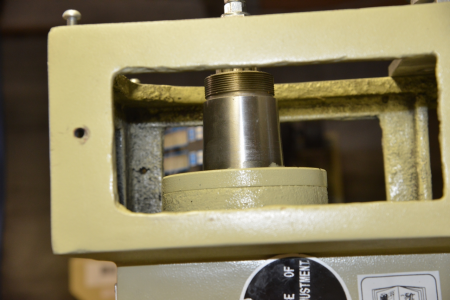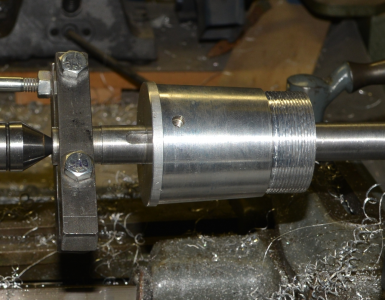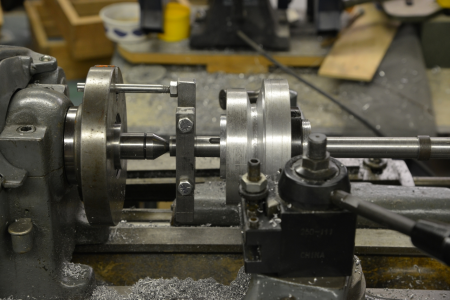Contrarian...... Not contraption! LMAO! Prolly both apply to that eastern trouble maker.
I don't have a taper attachment and never really needed one despite making lots of tapers. What my compound won't do, an offset tailstock will.
Eastern trouble maker?!

I suppose I do make a few contraptions but that’s the point isn’t it? Always fun to poke the bear a bit and look at things from a different direction.

Other folks may have different hardware but setting up the TTA on my Myford can be done more precisely than the compound, mainly because the baseline is 3 - 4 times the (short) compound travel, even easier now that I have the DRO. I also seem to be doing things where I run out of compound travel and where offsetting the tailstock won’t work because they’re hollow Including doing a tapered bore.
For me, using the TTA seems to be a no brainer, might as well since it came with the machine and……….. I didn’t know any better!

Come to think of it, the things I‘ve making have been taper fitted joints like the chuck JT so it doesn’t hurt to use the most precise setup I can - for my machine. I may change my tune when I get my SM 1120 up and running, it’s a different beast.
Now to come back on-topic for
@AntonB
Your anticipated work will drive how big a machine you need but I can offer some thoughts in general.
My Myford is in the same ballpark as your Atlas and what I aspired to was to acquire something around the 12 - 14” range for stepping up. That gets you into a larger, beefier (more rigid) and more capable machine able to take deeper cuts and more stable for parting etc.
I think you’re on the right track looking for a machine with a QC threading gearbox and a gear head spindle or a hybrid (like the Myford and others) is worth looking for. IMHO setting up a DRO should be on your to do list.
The other thing to consider is support for the machine you choose. If you go for generic far east, getting parts may be a question. Other makes may still have parts available but at a cost. Some machines have a strong following and user base so information is available and not so much for others.
In my corner of the country second hand machine tools don’t grow on trees so unless you’re buying new you kind of keep your eyes open and you might wind up with something that’s not exactly what you had in mind but close enough for the next step. That’s what happened for me, I picked up a Standard Modern 1120. For me it’s a nice step up and I’ll see how that works out.
Oh, one last thought, when you go shopping for a full size mill, other than Bridgeport, a good name to look for is First (Long Chang - who also make for Sharp), there are several in the forum and I’m told parts can still be had, I think mainly because they’re still in production. There’s a supplier in Toronto.
Don’t know if that was helpful but good luck and keep us in the loop.
D





